Robert and John McCormick
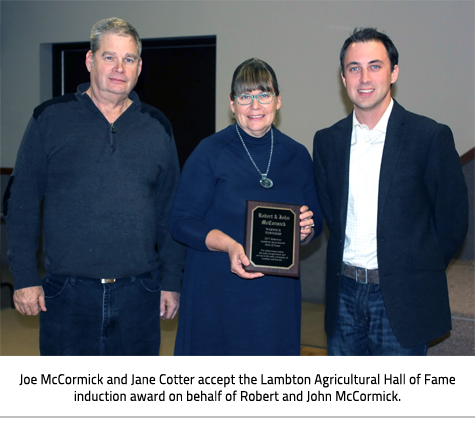 Four McCormick brothers operated the largest brick and tile manufacturing business west of London between 1869 and 1904. In its prime, the extensive works spread across multiple sites in Warwick Township, including one on Kingscourt Road and one on Brickyard Line. Collectively called McCormick Bros. Brick and Tile Yard, one site also included a sawmill.
Four McCormick brothers operated the largest brick and tile manufacturing business west of London between 1869 and 1904. In its prime, the extensive works spread across multiple sites in Warwick Township, including one on Kingscourt Road and one on Brickyard Line. Collectively called McCormick Bros. Brick and Tile Yard, one site also included a sawmill.
Joseph McCormick and Sarah Ann Taylor emigrated from Armagh, Ireland with several of their children in the 1850s. They settled in Warwick Township to raise their family. Four of their sons took up farming and entered the brick and tile business. Their names were Robert, John, Richard, and Joseph.
Robert McCormick (1848-1919) started out as a farm labourer. He spent two years learning the brick-making trade from Isaac Eves. Robert went to work for John D. Eccles and by 1869 he was renting out the Eccles brickyard and making bricks for himself. Eight years later, he purchased the Eccles farm and brickyard on Lot 14, Concession 2, north of the Egremont Road.
Robert’s younger brother, John (1859-1941), opened his first brick and tile plant in 1872 at Kingscourt. The hamlet of Kingscourt has virtually disappeared but it was once a flourishing railroad junction. Railcars loaded with McCormick bricks were shipped from the site.
At the time, the manufacturing processes for tile and brick were similar. Both items were in demand in the farms and communities of northeast Lambton. Many of the large rural and urban brick dwellings were built of McCormick brick. Thousands of McCormick tiles were used to drain local fields for farming.
The McCormick farms supplied the clay needed to make the tile and bricks. The bricks were cut, placed in ovens, and baked over wood fires. Homes were constructed nearby to house the employees. The bricks sold for $3 to $4 per thousand. They were inexpensive but stood up well against the elements. The last brick kiln in Lambton County was still visible at the Brickyard Line site in 1948. By 1954, the structure had collapsed beneath the weight of snow.
Robert and John McCormick were farmers as well as businessmen. Robert bred Shorthorn, Durham, and Hereford cattle, and Shetland ponies on his farm. John built a beautiful yellow brick home at Kingscourt in 1900 and farmed 400 acres, raising cattle and breeding horses. Both men had large families. Robert took an active interest in municipal politics. He served locally and represented the Lambton East riding in the provincial legislature from 1908-1914.
Community Contributions
Robert McCormick
- Warwick Township Councillor, 1882-1891
- Warwick Township Deputy Reeve, 1891
- Warden of the County of Lambton, 1892-1894
- MPP for Lambton East, 1908-1914
- Member, Zion Congregational Church
- Member, Masonic Lodge
- President, East Lambton Farmer’s Institute
- Stockholder, Farmers’ Loan and Savings Company, Forest
John McCormick
- Warwick Township Councillor (3 years)
- Warwick Township Reeve (2 years)
- Member, Canadian Order of Foresters, Watford
- Member, East Lambton Farmers’ Institute and Agricultural Society
- Sunday School teacher at Watford Congregational Church


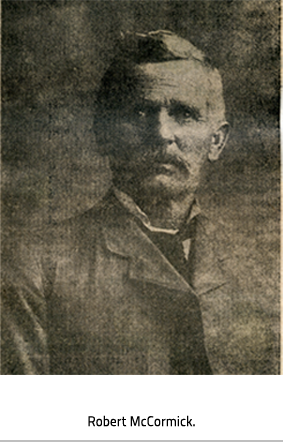
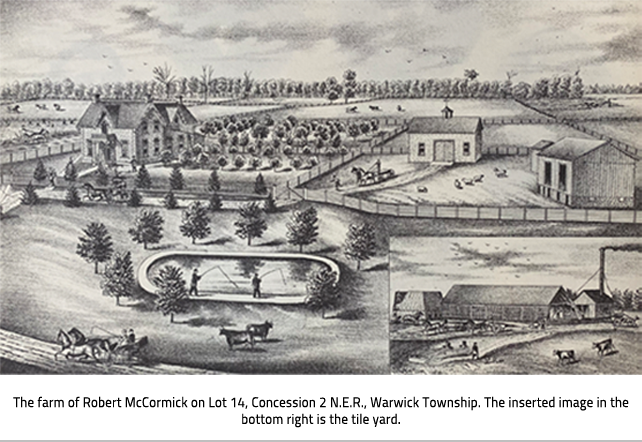
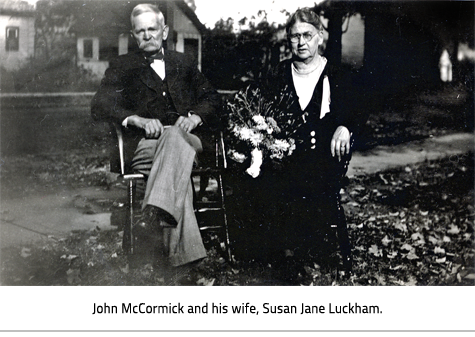
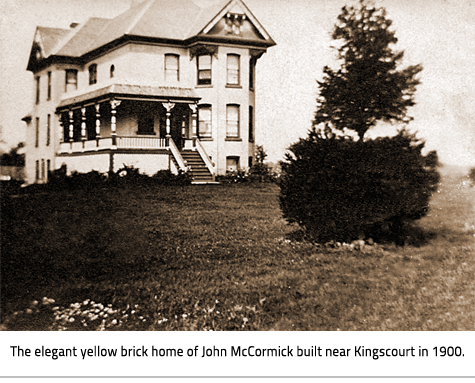
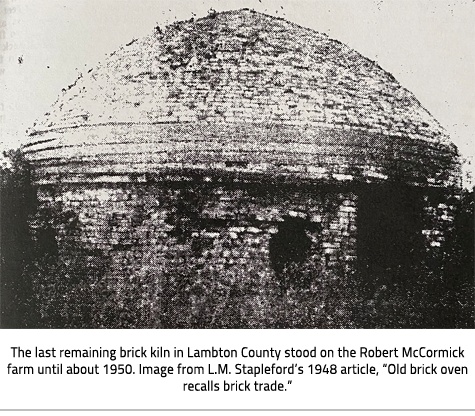
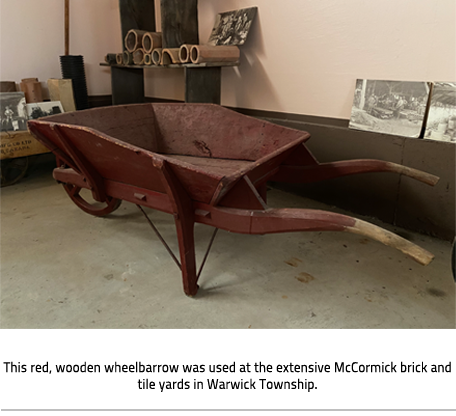
 Subscribe to this page
Subscribe to this page